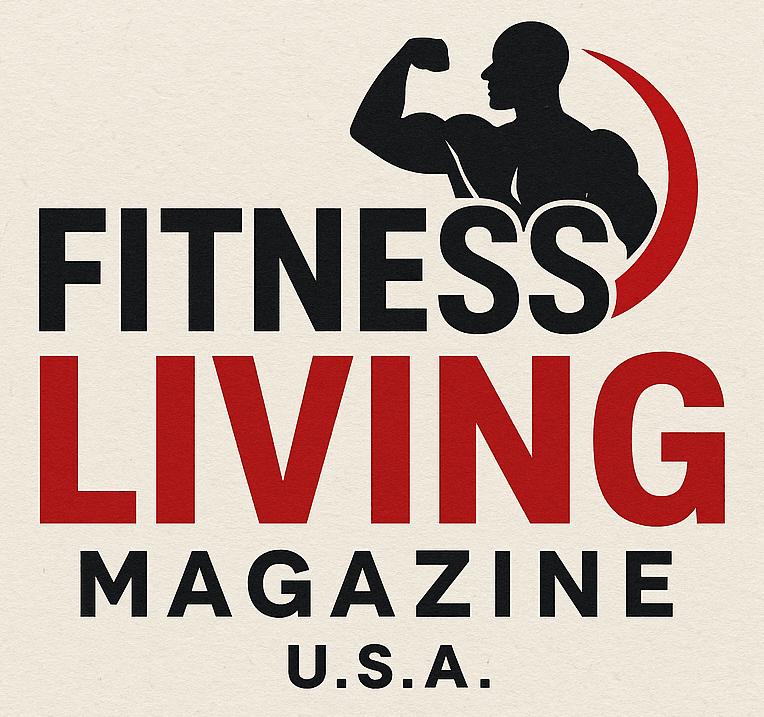
Mastering the Dumbbell Bicep Curl for Effective Arm Training
The dumbbell bicep curl is a fundamental strength training exercise designed to enhance the muscles in the front of your upper arm. Why are these curls so important? Not only are they a great starting point for beginners, but they can effectively tone and strengthen not just your biceps but also your forearms and grip. With minimal equipment and space required, they are perfect for both gym settings and home workouts.
Getting Started: Proper Curls Technique
To perform a bicep curl correctly, follow these step-by-step instructions to maximize benefits:
- Set Your Stance: Stand with feet shoulder-width apart and knees slightly bent for balance.
- Hold the Dumbbells: Position a dumbbell in each hand, arms fully extended at your sides and palms facing forward. Your shoulders should remain relaxed.
- Brace Your Core: Engage your abs lightly to stabilize your spine while keeping your chest lifted.
- Begin the Curl: Exhale and bend your elbows to lift the weights, ensuring only your forearms are in motion.
- Reach the Top: Stop when the dumbbells are at shoulder level. Hold and squeeze your biceps for a brief second.
- Lower With Control: Inhale while slowly returning the dumbbells to your starting position, maintaining control throughout the motion.
- Repeat: Perform your planned repetitions, ensuring each one matches the previous in technique.
Crucial Tips for Beginners
As someone new to weight training, starting with lighter weights is essential, usually in the 5-12 pound range. This allows you to focus on form rather than just lifting heavy. You might consider alternating your curls at first; working one arm at a time can help improve stability and correct any muscle imbalances.
Take your time during each movement. Concentrating on control during both the lifting and lowering phases is key to effective strength training, as the eccentric phase (the lowering part) contributes significantly to muscle growth.
Avoiding Common Mistakes
Many individuals may unintentionally introduce poor habits into their curling technique, such as swinging the weights or using excessive momentum. Aim to keep a steady torso and avoid leaning back. If the weights feel challenging, don’t hesitate to decrease your load to prioritize form and reduce injury risk.
Transform Your Routine with Variations
Once you're comfortable with standard bicep curls, consider experimenting with variations to challenge yourself further. Hammer Curls, for instance, emphasize different parts of your arm and can aid in achieving a well-rounded upper body strength.
Incorporating these tips and techniques into your routine can help you see significant improvements in your bicep strength and size, making your workouts both effective and enjoyable.
 Add Row
Add Row  Add
Add 



Write A Comment